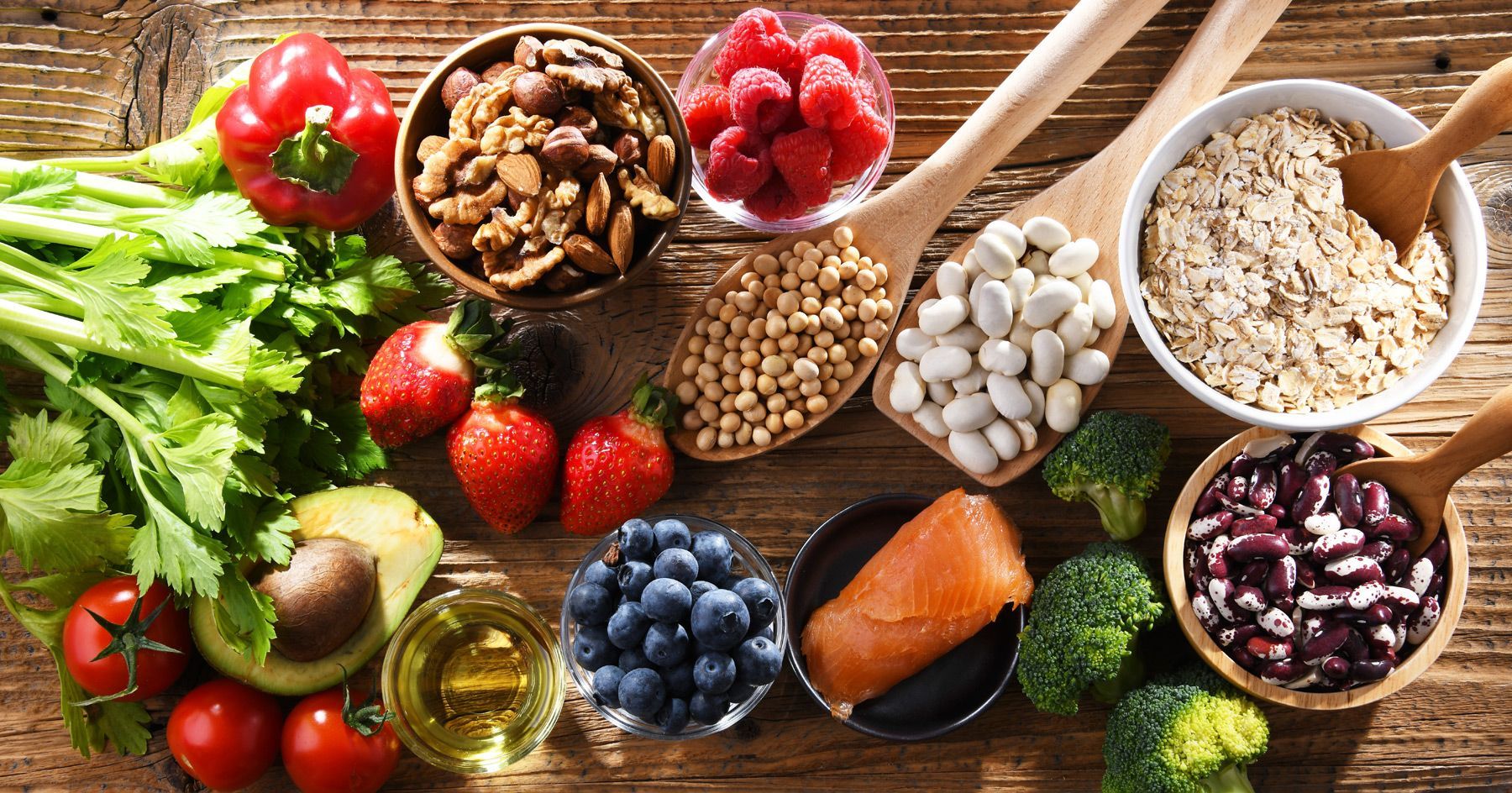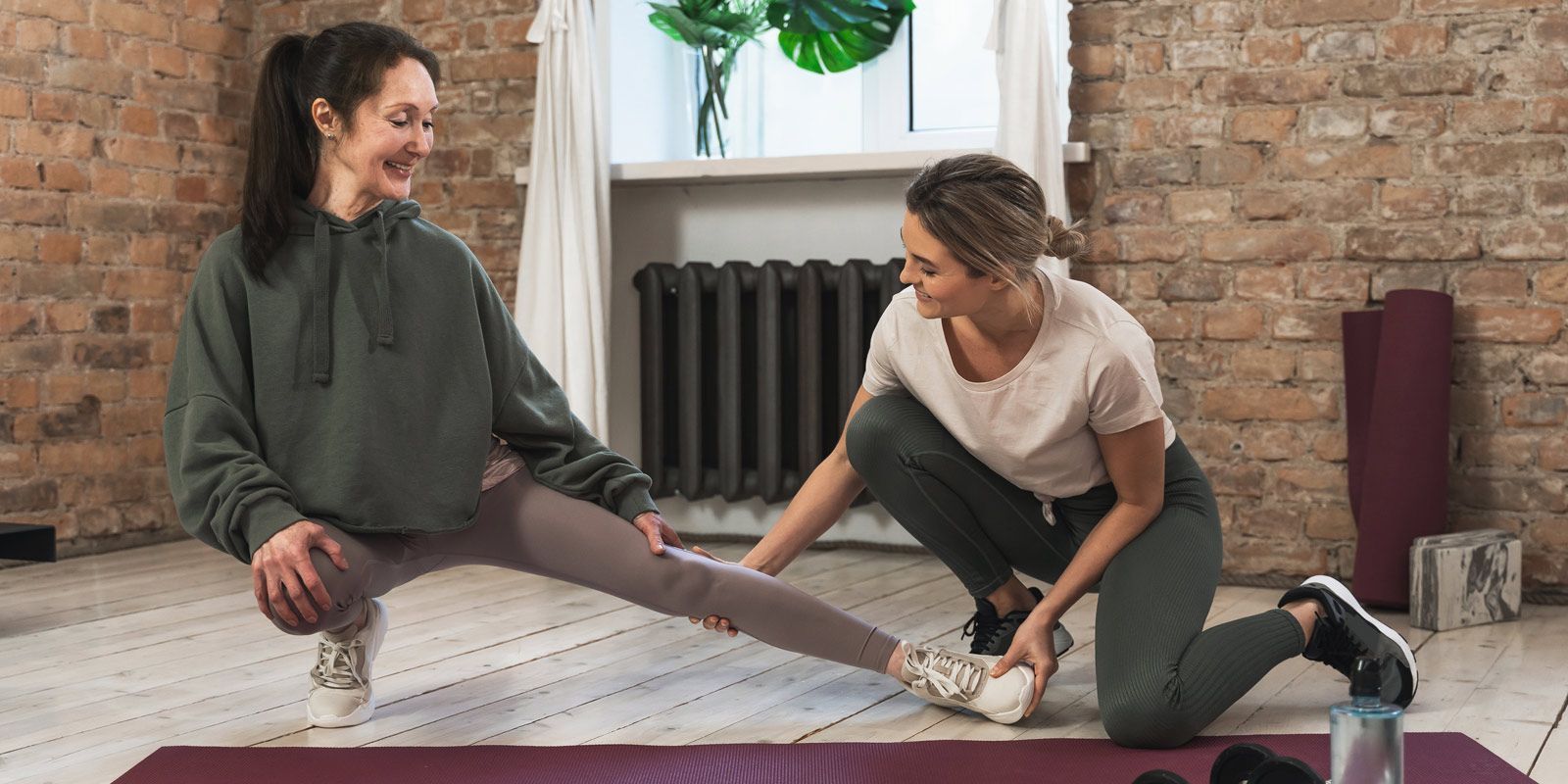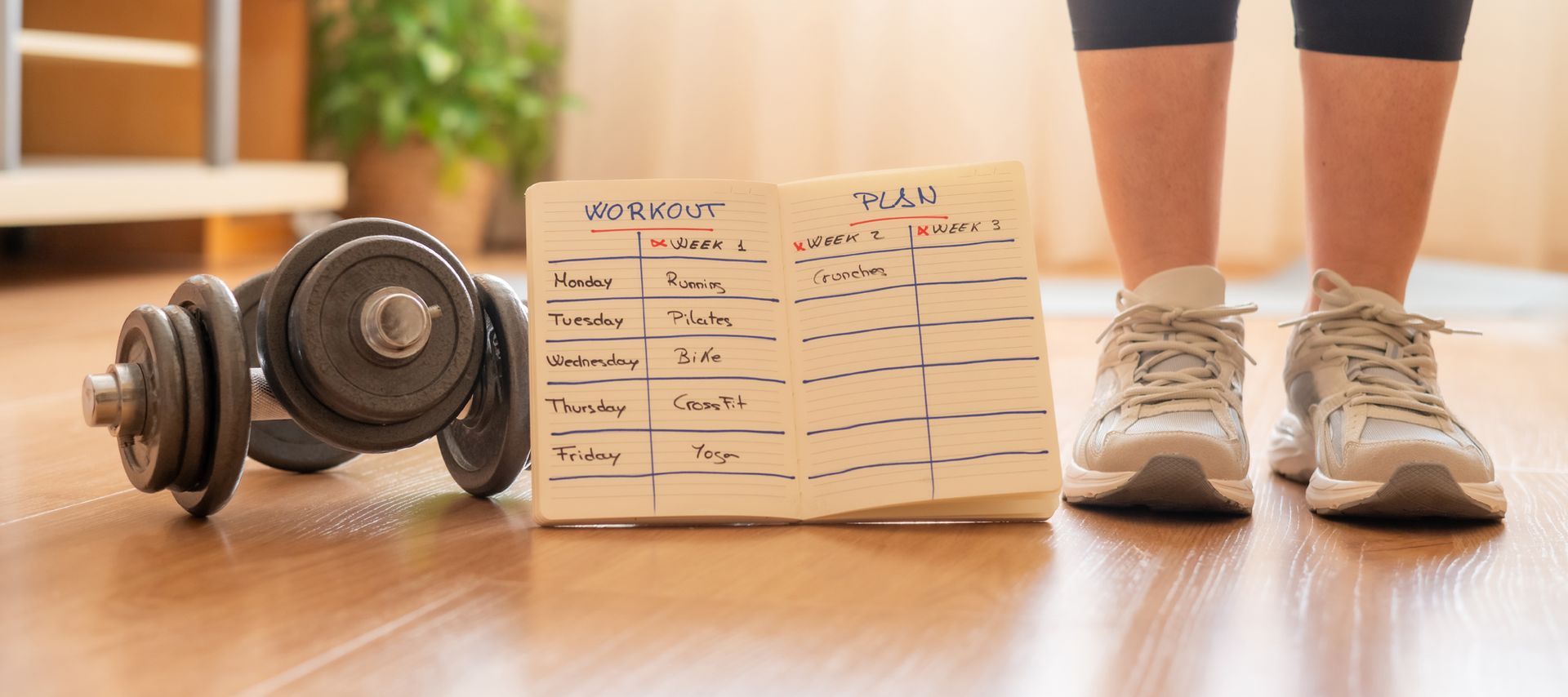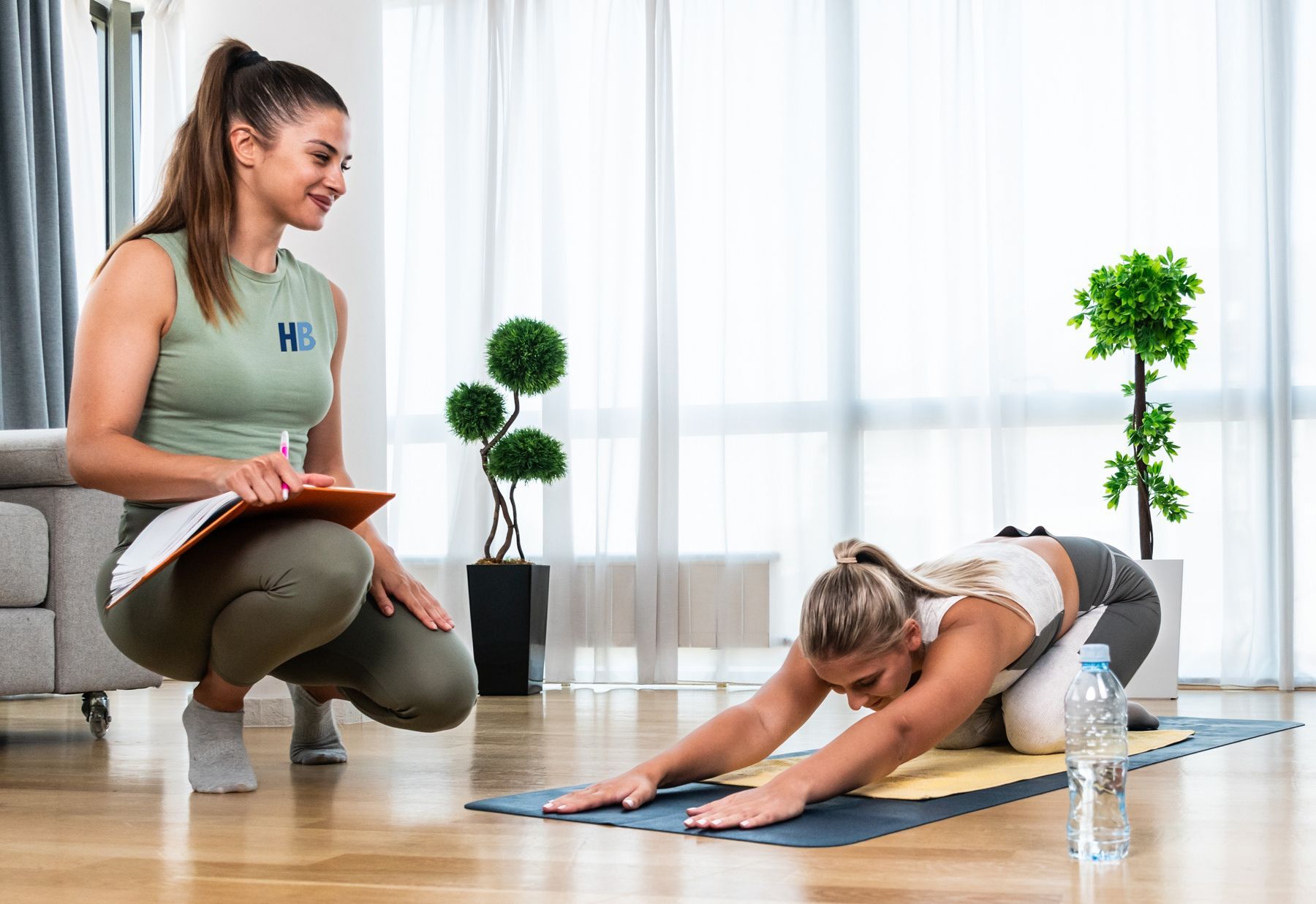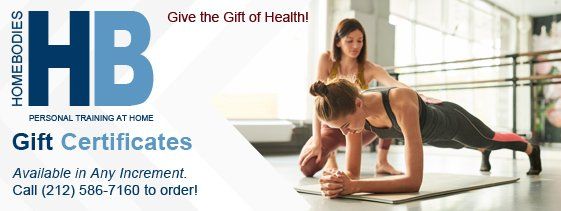Winter Personal Training Tips for Staying Healthy All Season Long
The winter season can present unique challenges when it comes to maintaining a healthy and active lifestyle. Colder temperatures, shorter daylight hours, and the temptation to indulge in cozy comfort foods can make it challenging to stay on track with your fitness goals. However, with some planning and motivation, you can stay healthy and active all winter.
Setting realistic goals is crucial for staying motivated during the winter months. Instead of aiming for drastic weight loss or muscle gains, focus on maintaining your current fitness level. Aim to exercise at least three to four times a week and find activities that you enjoy. Setting smaller, achievable goals will help you stay motivated and prevent burnout. Here are some other tips from the HomeBodies personal trainers:
- Embrace Outdoor Activities - Although the weather may be colder, don't let that deter you from enjoying outdoor activities. Bundle up in layers and participate in hiking, skiing, snowboarding, or ice skating activities. Not only will these activities provide an excellent cardiovascular workout, but they will also allow you to enjoy the beauty of winter.
- Warm-Up Properly - Proper warm-up is essential before any physical activity, especially during winter. Cold muscles are more prone to injury, so take the extra time to warm up before your workout. Start with light cardio exercises to increase your heart rate and gradually ease into more intense activities.
- Incorporate Strength Training - Strength training is crucial for maintaining muscle mass and preventing injuries. When it's too cold to venture outside, focus on indoor workouts that target different muscle groups. Bodyweight exercises, resistance bands, or weights can all be utilized to build strength and endurance. Not only will strength training help you stay fit, but it will also boost your metabolism, keeping you warm during those chilly winter days.
- Stay Hydrated - Staying hydrated is just as important in the winter as it is in the summer months. Even though you may not feel as thirsty during colder weather, your body still needs an adequate water intake to function optimally. Always keep a water bottle with you, and aim to drink at least eight glasses of water daily. Hydrating correctly will help you maintain energy levels and support overall wellness.
- Find Indoor Workout Alternatives - For those days when the weather is too harsh to exercise outdoors, explore indoor workout alternatives. Yoga, Pilates, HIIT, and dance classes are all great options for staying active indoors. The variety will keep your workout routine interesting and prevent boredom. Ask your trainer for more suggestions that best work for you and your schedule.
- Focus on Nutrition - Maintaining a healthy diet is essential for overall wellness, regardless of season. However, during winter, it's easy to give in to comfort food cravings. While indulging occasionally is okay, make sure your meals are balanced with wholesome foods that nourish your body. Incorporate plenty of fruits, vegetables, lean proteins, and whole grains into your diet to support your fitness goals. Try the new Spaghetti Squash Recipe below!
- Get Enough Rest - Rest and recovery are crucial for staying healthy and active throughout the winter season. Aim for at least seven to eight hours of quality sleep each night. Getting enough rest allows your body to recover and repair, making your workouts more effective. Lack of sleep can lead to reduced motivation, increased stress levels, and even weight gain.
- Find an Accountability Partner - Find a workout buddy or accountability partner to help you stay motivated during winter. Plan regular workout sessions together, share your goals, and keep each other on track. Having someone to share your journey with makes exercising more fun and adds an extra layer of support and encouragement.
In conclusion, with a little planning and determination, it's possible to stay healthy and active during winter. Embrace outdoor activities, stay active indoors when needed, focus on nutrition, and prioritize rest and recovery. By following these personal training tips, you can maintain your fitness goals and have a winter season filled with wellness and vitality.
HEALTHY WINTER RECIPE
How about trying a Low-Carb Spaghetti Squash Pad Thai? It's a unique twist on the classic Thai dish, replacing traditional rice noodles with spaghetti squash.

Here's how you can make it:
Ingredients:
- 1 medium spaghetti squash
- 2 tablespoons of olive oil
- 1 cup of cooked chicken breast, shredded
- 1 cup of shrimp, peeled and deveined
- 2 cloves of garlic, minced
- 1 red bell pepper, thinly sliced
- 1 carrot, julienned
- 1 cup of bean sprouts
- 2 green onions, sliced
- 2 eggs, beaten
- 2 tablespoons of natural peanut butter (sugar-free)
- 2 tablespoons of low-sodium soy sauce or tamari
- 1 tablespoon of fish sauce
- 1 tablespoon of lime juice
- Crushed peanuts and cilantro for garnish
Instructions:
1. Preheat your oven to 400°F (200°C).
2. Cut the spaghetti squash in half lengthwise and scoop out the seeds. Brush the cut sides with olive oil and place them cut-side down on a baking sheet. Roast in the oven for about 35-45 minutes or until the squash is tender and the strands can be easily scraped with a fork. Set aside to cool slightly.
3. In a large skillet or wok, heat some olive oil over medium heat. Add the minced garlic and sauté until fragrant.
4. Add the red bell pepper and carrot slices to the skillet, and stir-fry for a few minutes until they start to soften.
5. Push the vegetables to one side of the skillet and add the beaten eggs to the other side. Scramble the eggs until they are fully cooked, then mix them in with the vegetables.
6. Add the shredded chicken and shrimp to the skillet and stir-fry until they are cooked through.
7. In a small bowl, whisk together the peanut butter, soy sauce (or tamari), fish sauce, and lime juice. Pour the sauce over the ingredients in the skillet and mix everything together to ensure it's evenly coated.
8. Using a fork, scrape the cooked spaghetti squash strands into the skillet and gently toss them with the other ingredients until well combined.
9. Add the bean sprouts and green onions to the skillet and stir-fry for an additional 1-2 minutes, just until heated through.
10. Serve the Low-Carb Spaghetti Squash Pad Thai garnished with crushed peanuts and fresh cilantro.
This unique twist on Pad Thai provides the flavors and textures you love while keeping it low-carb and healthy. Spaghetti squash is a nutritious alternative to traditional noodles, packed with vitamins and fiber. Enjoy this delicious and satisfying winter recipe for fitness people!

